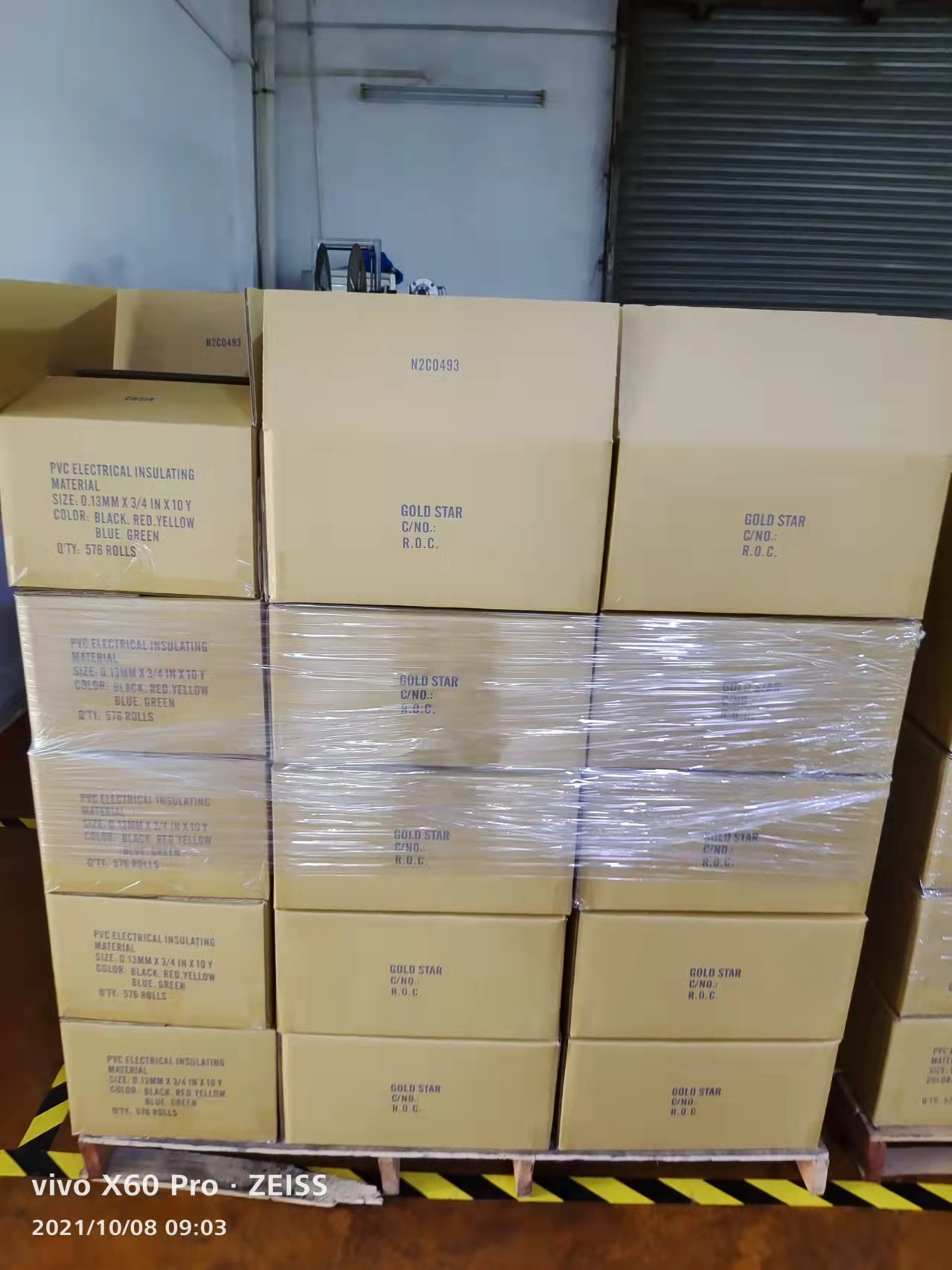High-Voltage Self-Fusing Rubber Tape A Comprehensive Overview
High-voltage self-fusing rubber tape has emerged as an essential tool in both electrical maintenance and engineering contexts. This specialized adhesive tape is designed to offer superior insulation and protection against high voltage applications, making it an invaluable asset in various industries, from electrical utilities to automotive manufacturing. Understanding its compositions, applications, advantages, and limitations can greatly enhance its usage.
Composition and Characteristics
Self-fusing rubber tape, often made from silicone or rubber compounds, is unique due to its ability to bind to itself without the need for adhesives. This property stems from its chemical composition, which allows the tape to fuse upon contact when stretched. One of the primary characteristics that make this tape suitable for high-voltage environments is its excellent dielectric properties. Typically, it can withstand voltages ranging from 10kV to upwards of 30kV, depending on the tape's thickness and formulation.
Additionally, this tape exhibits remarkable flexibility and elongation capabilities, making it suitable for various applications, even in challenging environments. It is resistant to water, UV rays, chemicals, and extreme temperatures, further amplifying its usefulness in outdoor and industrial applications.
Applications
The versatility of high-voltage self-fusing rubber tape allows it to be utilized across several sectors. In electrical work, it is ideal for insulating electrical wires and connections, particularly in high-stress conditions. When applied to wire splices or junctions, it enhances safety by providing a secure and durable layer of insulation that can endure the rigors of environmental exposure without degrading.
In the automotive industry, high-voltage self-fusing tape is frequently employed to wrap electrical harnesses and components, protecting them from moisture and short circuits. Additionally, it is useful in situations requiring emergency repairs, allowing technicians to quickly seal connections or repairs without the need for additional tools or adhesives.
high voltage self fusing rubber tape

Advantages
One of the most significant advantages of high-voltage self-fusing rubber tape is its ease of use. Unlike traditional electrical tapes that rely on adhesive backing, self-fusing tape does not leave a sticky residue, ensuring a cleaner application and removal process. Its self-fusing technology provides a reliable seal, eliminating the risk of air bubbles or gaps that might occur with traditional tapes.
Moreover, the tape’s resilience to extreme conditions contributes to its longevity and cost-effectiveness. Once applied, it can remain effective for years, reducing the frequency of maintenance checks or replacements. This durability makes it an attractive solution for both temporary and permanent applications.
Limitations
Despite its many advantages, self-fusing rubber tape does have a few limitations. For instance, it may not perform as well in situations where mechanical stress or high abrasion is expected. In such cases, additional protective measures may be required. Additionally, while it is suitable for high-voltage applications, installers must ensure they employ the tape correctly, as improper application can lead to insulation failure.
Conclusion
In conclusion, high-voltage self-fusing rubber tape is an essential tool for ensuring safety and reliability across various industries. Its unique properties allow for flexible, durable insulation solutions that can cater to both high-voltage and environmental challenges. Understanding its capabilities and applying it appropriately can significantly enhance safety and efficiency in electrical applications. As technology continues to evolve, innovations in materials and formulations promise to further expand the utility of this remarkable tape, solidifying its role as a staple in electrical maintenance and engineering.
-
XIANGFAN Rubber Tape-Ultimate Solutions for All Your Insulation NeedsNewsJun.24,2025
-
XIANGFAN Rubber Tape-Protection for Industrial and Residential ApplicationsNewsJun.24,2025
-
XIANGFAN Rubber Tape: Superior Safety and Sealing for Demanding EnvironmentsNewsJun.24,2025
-
XIANGFAN Rubber Tape: Reliable Solutions for Every Electrical ChallengeNewsJun.24,2025
-
XIANGFAN Electrical & Industrial Tape: Powering Reliability Across IndustriesNewsJun.24,2025
-
XIANGFAN Electrical & Industrial Tape: Excellence in Every ApplicationNewsJun.24,2025
